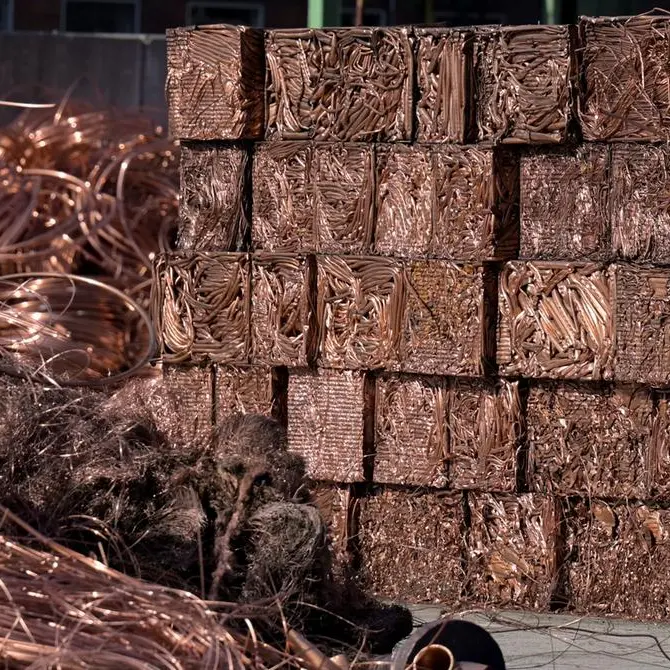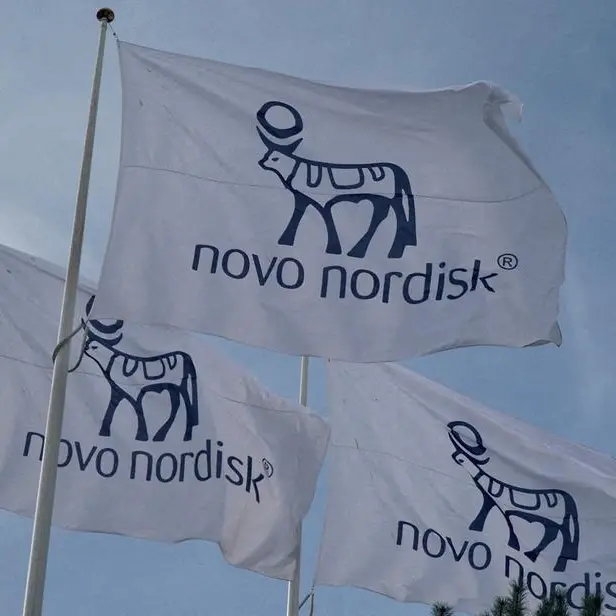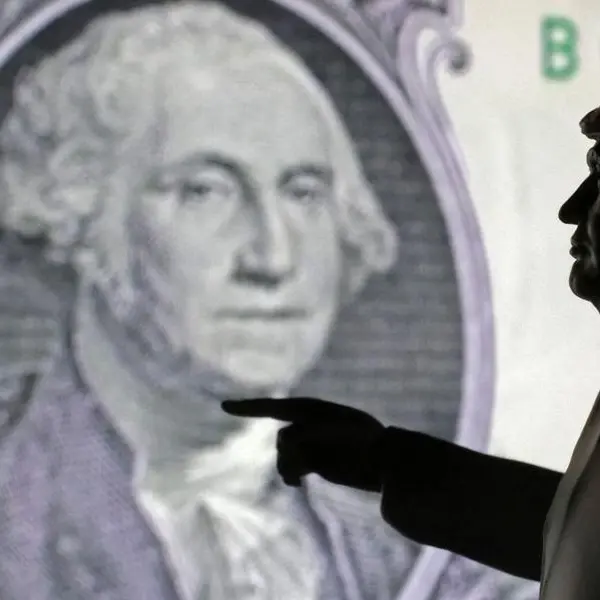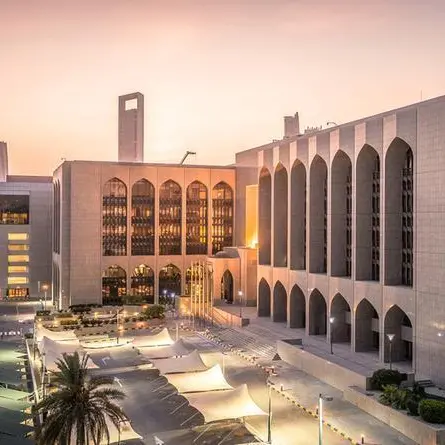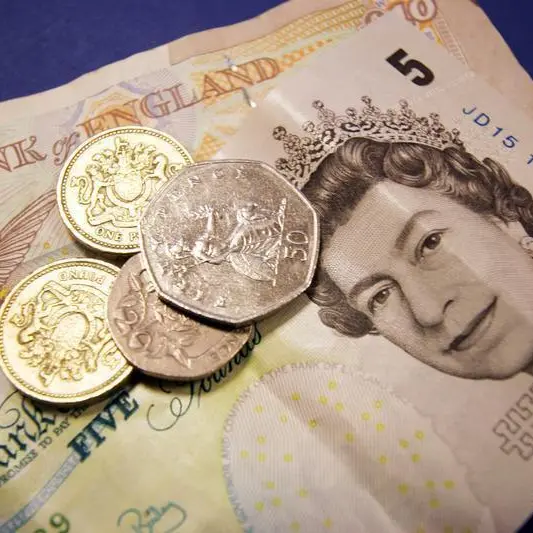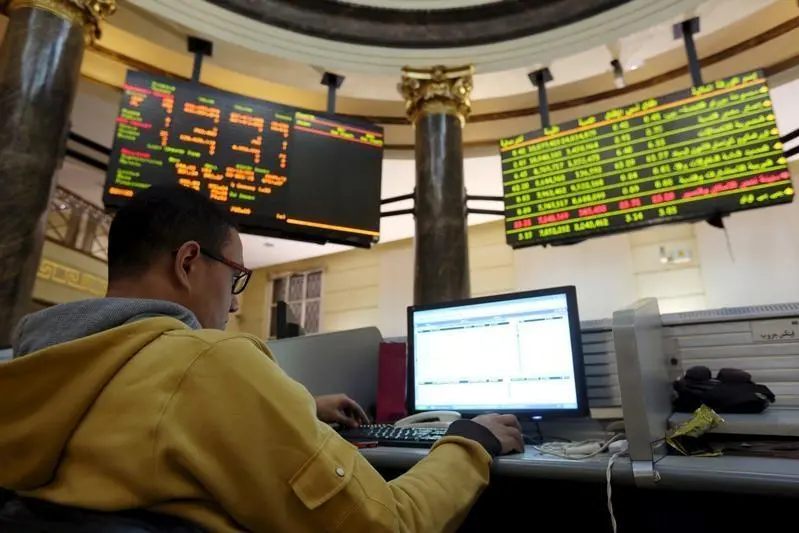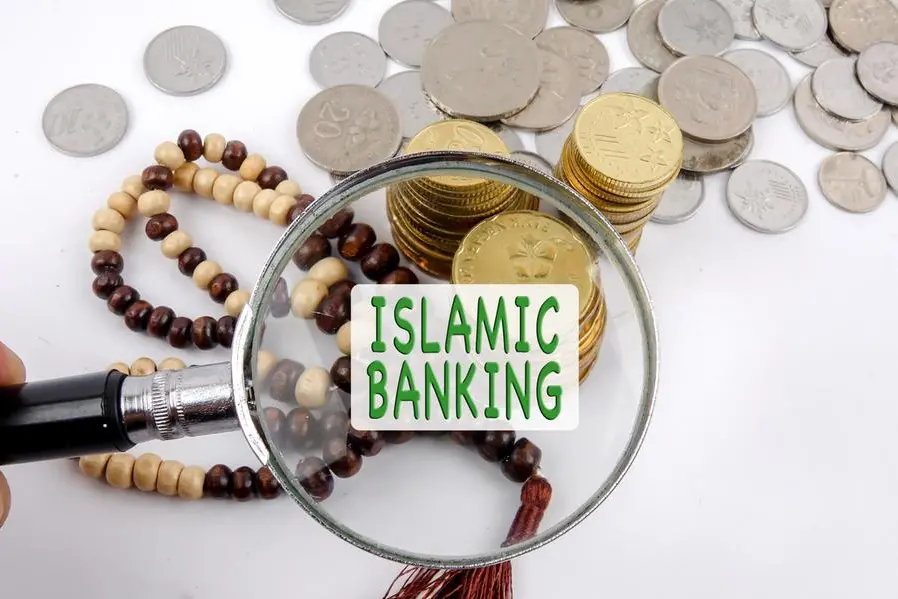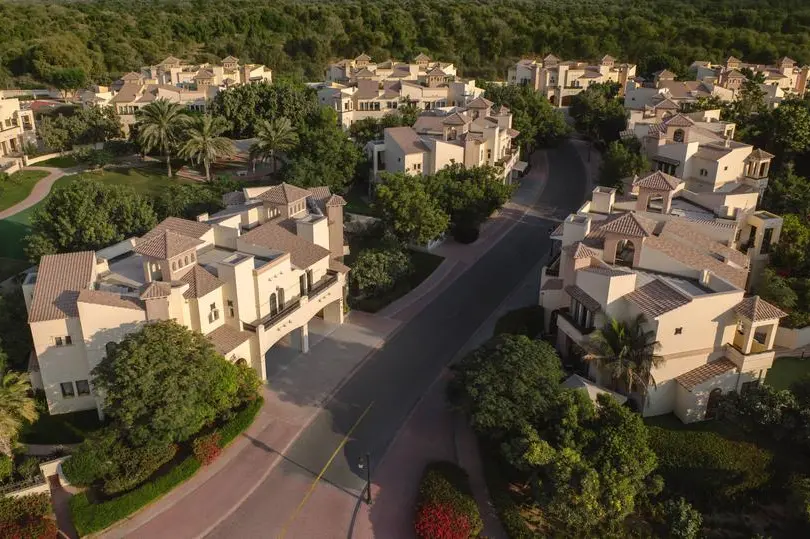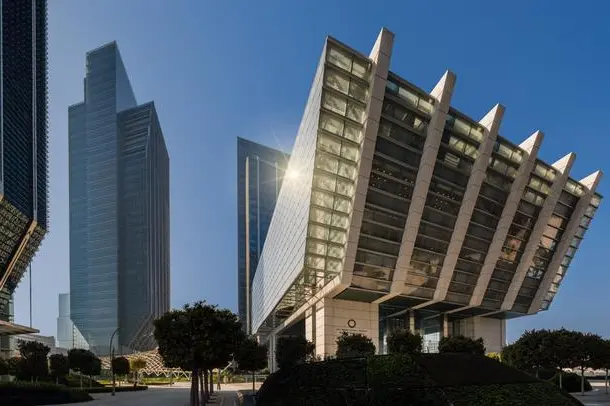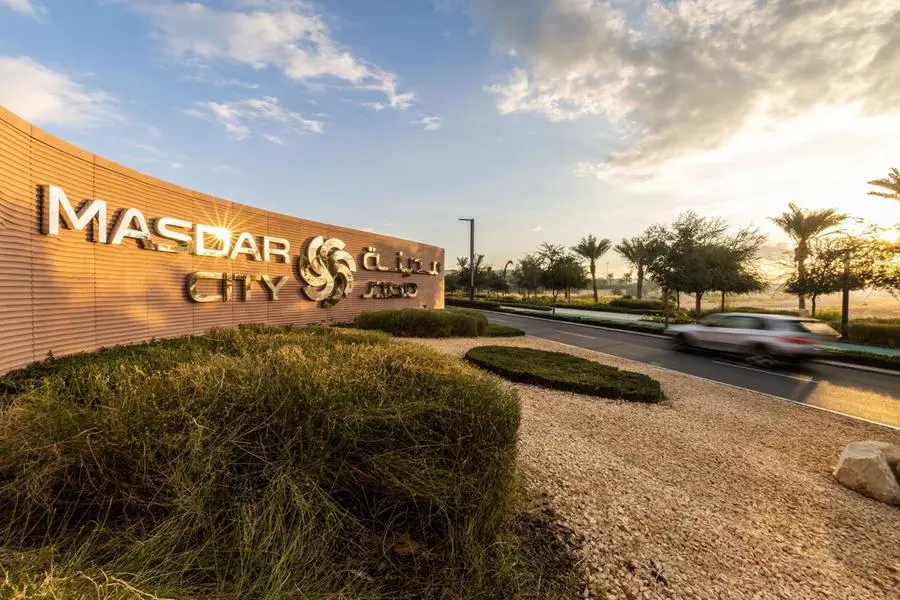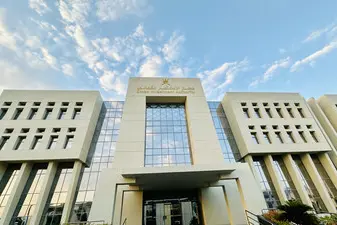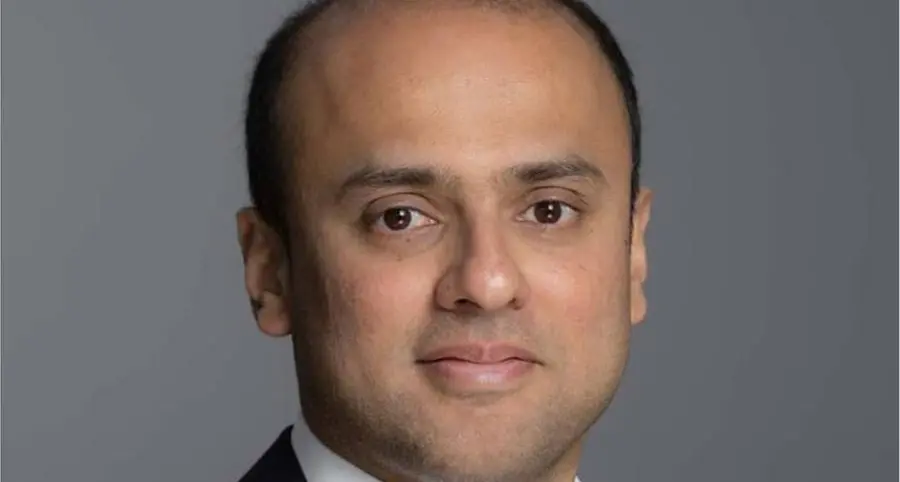Saturday, May 08, 2004
It is Friday night in Crystal, a nightclub situated on the former Green Line that once divided east and west Beirut, and 600 men and women clad in designer labels are dancing the night away. With no apparent warning, the lights go out and the commercial Arabic music stops. A weekly ritual is about to begin.
A nine-litre bottle of Salmanazar Moet & Chandon champagne has been bought for Dollars 3,000 by an Armani-suited gentleman sitting on a velvet sofa surrounded by a group of friends. A spotlight is trained on him and the champagne is wheeled out by two waiters, while a Lebanese Arabic dbeki drum anthem is played. By the end of the night, he will have had his name engraved on a board of fame strategically placed at the club's entrance, and the more bottles he buys, the higher up on the board his name will go. It may seem an unlikely - not to mention expensive - pastime, but it is rapidly turning into one of the city's new trends.
Before Crystal opened 10 months ago, the Beirut party drink was Stolichnaya vodka or Johnnie Walker Black Label whisky. But thanks to the elaborate Moet ritual, which has taken place every weekend since the club opened, the tipple du jour is undoubtedly imported French champagne.
On one memorable occasion a customer spent Dollars 45,000 on 15 Salmanazars in a single evening. Crystal's owners - a group of young Lebanese jetsetters - took the idea from a similar champagne spectacle at La Cave du Roi nightclub in St Tropez, and have used it to exploit a very Lebanese urge among the wealthy to show off their spending power.
"I have bought the big bottle because I can," says Joseph, 39, a property developer, who has just purchased a bottle. "It's cool. And I can afford it."
Since the trend took off, several other clubs have joined in with their version and champagne sales are soaring. In Casino, a nightclub near Crystal, 9.5-litre bottles are delivered from the bar by an overhead pulley system. The popularity of the trend has even led Crystal to open a second branch in Faraya, the country's largest ski resort.
According to Mazen el-Zein, the 29-year-old majority owner of Crystal, who has been in the restaurant business for the past five years, the urge to buy a Salmanazar comes down to the buyer's desire to assert his or her wealthy status in front of an audience. But it is also symbolic of a more general thirst for decadence and debauchery in Beirut. Often, the buyers and their entourages end up dancing on the table with their shirts off, spraying the champagne around. "They almost never drink it all," El-Zein says.
The response to this phenomenon, which journalists in Beirut are calling the "Crystal Effect", has been mixed. One reporter wrote: "People love this, it's so clever. Where else can you go where the live entertainment is your fellow diners?" But others consider spending such a large sum outrageous, given that for two-thirds of the country Dollars 3,000 is the equivalent of six months' wages.
That this decadent champagne ritual should even exist in a country with a Dollars 33bn public debt highlights the paradox that is Lebanon today. A huge proportion of the country's wealth is concentrated in the hands of a few, mainly in Beirut, and the gap between the upper and lower classes is rapidly increasing. The "Crystal Effect" reveals much about society in an economically depressed postwar state - it is a way of singling yourself out as a survivor.
However shocking it may seem to some, for Beirut's nightclub owners and champagne distributors the fashion for luxury fizz is a stroke of genius, and for its young, wealthy party-goers, it's a sure-fire way to stand out from the crowd.
By RAMSAY SHORT
Copyright The Financial Times Ltd 2004. Privacy policy.


